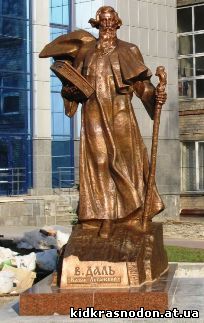THE
INFLUENCE OF MICROSTRUCTURE AND HYDROGEN-CONTAINING ENVIRONMENT ON THE
INTENSITY OF CAST IRON AND STEEL DAMAGE BY SLIDING FRICTION
PART 1, PART 2, PART 3, PART 4, PART 5, PART 6, PART 7
Fig. 8 shows the generalized scheme of the
surface layers structure of graphitized cast-iron friction (with the partial
explanation for the influence of alloying elements on the structure and tribotechnical properties) .
This scheme can be also connected with the generalized scheme of cast-iron
"behavior" (materials) during sliding friction when lubricating
conditions change (see the second part of the article). Thus, the dashed lines
(the figures explain this condition) indicate the limited presence or absence
of lubricant on the surface of friction (see the second part of the article
Fig. 2.). The explanations on the scheme
are given for all of the material.
It is possible to induce essential changes in the properties and microstructure of cast-iron by complex alloying. Even the introduction of
a small amount of additives up to 1 % increases
the mechanical and tribotechnical properties [21]. The introduction of
carbide elements, e. g. Cr, V, Ti, Mo,
leads to the following:
- the increase of alloy hardness, due to:
·
increase of microhardness of
a solid solution of metal matrix,
·
increase of microhardness of
cementite carbides (Fe, Me)
·
formation of
complex alloying carbides, for example М23С6 М7С3;
·
formation of the special
highly rigid carbides of VC, TiC; V4C (Fe, Cr, V)xCy
which harden the metal matrix
after special thermal processing;
- change in the morphology of carbides and
graphitic phases;
-
change in the morphology of
parts of an alloy crystallized in the form of dendrites ;
-
change in the morphology and
strength characteristics of other components, e. g. phosphide eutectic;
- change in the type of connections in metal
matrix;
-
small dispersion of carbides
in metal matrix, which promotes the restraint of promotion of dispositions;
-
change in the type of metal
matrix (at high percentage of alloying elements), and, consequently, a change in properties of an object in
general.
The introduction of modifiers in an alloy (for
example, Ca) promotes the clarification of section borders between phase
components of an alloy from non-metallic inclusions that promotes the increase
of crack resistance. Assuming that non-metallic inclusions can initiate appearing and distribution of cracks during
friction, then for some chemical grey-iron compounds modification is also a
necessary condition for promoting the increase of wear resistance [22].
There are also some data proving that Cr and
phosphorus are part of secondary structures that interfere into activation
processes on the surfaces of friction [23, 24].
The fact that the alloy has the ability to
harden during friction, increases its superficial hardness and, as a rule, the
bearing ability of object material. One of the best known cast-irons,
possessing the abilities specified above, is austenite manganese cast-iron
[25].
In the wear conditions an object is affected by different cyclic loads which influence fatigue resistance of structural materials.
Adsorbed hydrogen on the object surface, released from a lubricant in the wear
process, also accelerated the fatigue process of contacting materials [26 ].
The viscoplastic metal matrix also
brings an advantageous influence on the intensity of wear process, connected
with the character of separation from the material. Figure 9, image (a) shows cast-iron with the
viscous character of the destruction of pin edge, while picture (b) shows a specimen where the fragile
character prevails.











